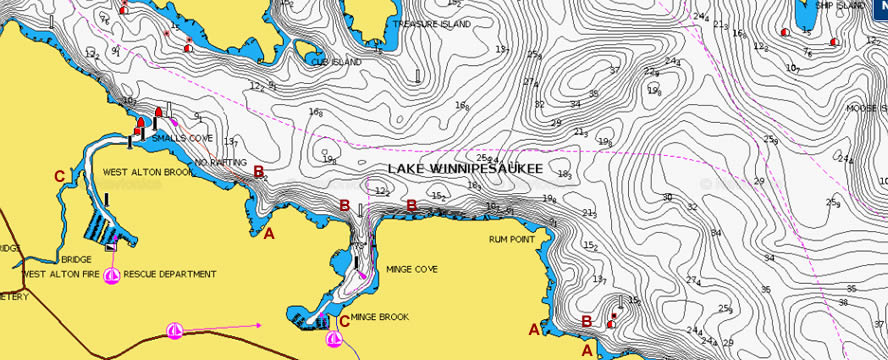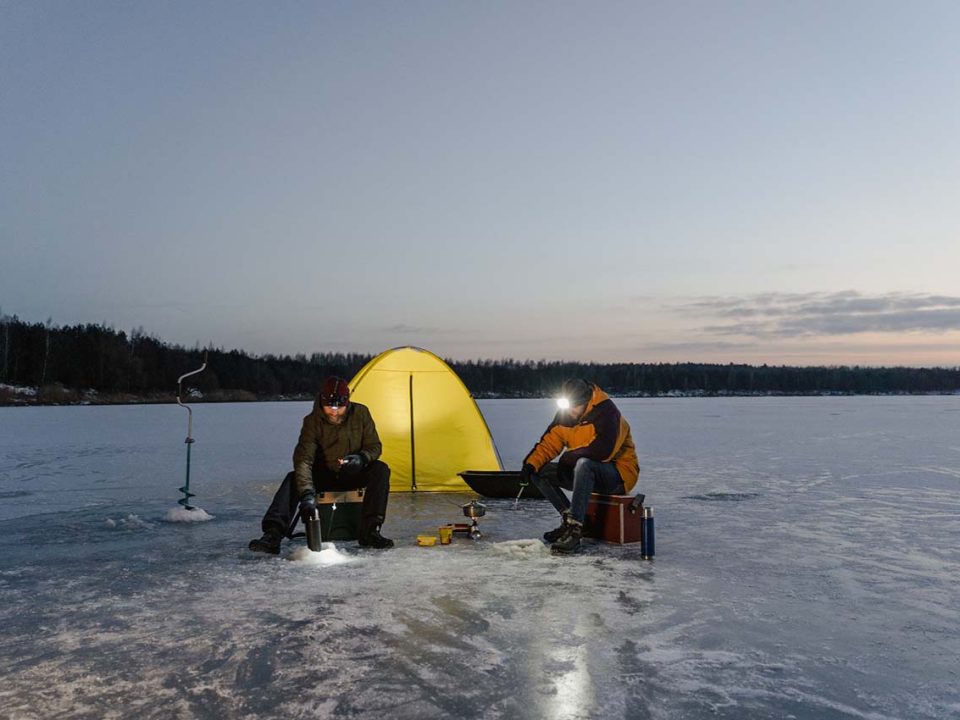
If you’re a tournament angler, by now you’ve probably heard a lot about establishing a pattern when you’re on the water. On any given day, there can be one or more patterns that are going on and the anglers who can identify the most productive pattern can usually be found on top of the leader board at the end of the day.
When you think about multi-day tournaments or even one-day events with multiple days of practice, it is important to identify more than one pattern. Why? So you have something to fall back on as conditions change, or as you burn through your fish. Think of it as learning your ABCs… only now it’s pattern “A”, pattern “B” and pattern “C”.
Pattern “A”
Pattern A is going to be the strongest pattern you’ve uncovered during practice and sometimes it’s the one that unfolds during the tournament. I’m sure you’ve heard the saying “bring you’re A-game”, well that’s your “A” pattern.
Pattern “B”
Think of this as your “Backup” pattern, usually less productive than your “A” pattern, but still, one that can keep you in the hunt.
Pattern “C”
I like to think of this as a confidence pattern. Something that you are confident you can fall back on to put some fish in the box when everything else fails.
I also like to break patterns up into two categories:
Transitional
These patterns are more broad-based, like seasonal patterns, lunar phases, time of day (morning, afternoon and evening patterns), etc.
Positional
Relating to locations, structures, targets, etc.

So an example of a transitional pattern could be bass moving from pre-spawn mode into spawning mode based on stable weather and an approaching lunar phase (like a full moon).
The positional pattern may be that you’ve been catching larger bass that are bedding around a particular type of structure like wood that you’ve found in main lake cuts.
If you talk the successful B.A.S.S. and FLW pros, you’ll commonly hear them talk about patterns and emerging patterns. Your strongest pattern is always going to be the emerging pattern. What is an emerging pattern, simply put, it is that pattern that is getting stronger as time goes by? If we use the examples I gave above, the emerging pattern could be that the majority of larger bass are “transitioning” from pre-spawn to spawn as the full moon approaches and are “positioning” themselves on wood in main lake cuts.
Now based on this information, you can begin looking for a backup plan, or pattern “B”. You have a lot of options to consider in this scenario, if you know that severe weather may be approaching, you may want to scout areas where these bass were staging before they move up to spawn. It’s a likely place they may stack up if the weather forces them to abandon their bedding areas. You may also look for bass that are moving from wintering areas into pre-spawn areas in another section of the lake. Once you’ve settled on a good transitional pattern “B”, you can drill down further and identify the positional pattern that is most productive. Let’s say it’s steep drop-offs adjacent to the main lake spawning cuts that have large boulders and some emergent grass. Whatever you find, remember that to be a pattern, you must be able to duplicate it in other areas that fit the same criteria.
Another approach is to look for a pattern “B” that is completely different and unrelated to your first pattern. Perhaps it’s targeting a different species like smallmouth that are staging on secondary points with a jerkbait, or flipping boat docks with a jig. The idea here is to find another strong pattern that you are confident can produce if pattern “A” fades and you can’t adjust.
Finally, we can start looking for a pattern “C”. This is something that you identify that you can simply “get bit” doing. Usually, for me, it involves some type of finesse fishing. I’m a big fan of fishing skinny water in the early spring up north. So let’s say the “Confidence pattern” is locating bass in the backs of coves that have creeks entering into them. I am confident I can always get some bites with a 4” finesse worm rigged with no weight on light line casting into the backs of these pockets.
When you put A, B, and C together, you’ve built yourself a pretty strong plan of attack that gives you some options as the tournament progresses. There have been many times where my backup pattern “B” ends up being the one that wins me the tournament. There have also been many times where B and C have given me the ability to fill out my limit each and every day of the tournament and ultimately getting me the win or cashing a check.
Pattern fishing can be a great tool for any angler… not just the tournament anglers. In fact, even when I’m fun fishing, I still look for patterns as do many of my fishing buddies. No matter what, you always need to keep an open mind and pay attention for other signs that might key you in on an even better pattern that you might have overlooked during practice that is now emerging.




